Mass Gainer
Mass gainer a type of dietary supplement designed to help people, especially bodybuilders and athletes, gain weight and build muscle mass. These products are generally high in calories, protein, carbohydrates and sometimes healthy fats. Here are some key points about mass gainers:
Content
High calories: Mass gainers often contain between 500 and 1,200 calories per serving, which helps achieve a calorie surplus needed for weight gain.
Protein: They contain a significant amount of protein (often between 20 and 50 grams per serving) to support muscle growth.
Carbohydrates: Carbohydrates are usually the main source of calories in a mass gainer, providing the energy needed for intense workouts.
Fats: Some mass gainers include healthy fats (like coconut oil or flaxseed oil) to increase calorie density.
Purpose (use)
Weight gain: They are often used by those who have difficulty gaining weight, whether they are naturally skinny people or those who have high caloric needs due to intense training.
Recovery: After training, a mass gainer can help replenish energy reserves and promote muscle recovery.
Regards
Quality of ingredients: It is important to choose a high quality mass gainer, with natural ingredients and few artificial additives.
Nutritional balance: Although a mass gainer can be helpful, it is essential to eat a balanced diet and not rely solely on supplements to gain weight.
Professional consultation: Before adding a mass gainer to your diet, it may be a good idea to consult a dietitian or health care professional, especially if you have any specific concerns about your health or diet.
How much time mass gainer take to work?
Short-Term (1-2 weeks): You may start to notice an increase in energy levels and possibly some initial weight gain due to increased calorie intake.
Medium-Term (3-4 weeks): If used consistently with a proper diet and exercise regimen, you might begin to see noticeable changes in muscle size and overall weight.
Long-Term (1-3 months): Significant muscle gain and weight increase can be observed, depending on your training program and dietary adherence.
Should i take mass gainer on rest days?
Taking a mass gainer on rest days can be beneficial, especially if your goal is to gain weight and build muscle.
few reasons why you might want to continue using a mass gainer on rest days:
Caloric Surplus: To gain weight and muscle, you need to maintain a caloric surplus. Consuming a mass gainer on rest days can help you achieve this by providing additional calories.
Muscle Recovery: Adequate nutrition, including protein and carbohydrates, is essential for recovery. A mass gainer can provide the necessary nutrients to support muscle repair and growth even on days when you’re not exercising.
Consistent Nutrient Intake: Maintaining a consistent intake of macronutrients (proteins, fats, carbohydrates) can help stabilize your energy levels and support overall progress.
Tips for Use
Adjust Portions: You might not need as much of the mass gainer on rest days compared to workout days, depending on your overall caloric needs.
Monitor Progress: Keep track of your weight and body composition to ensure you’re making progress toward your goals. Adjust your intake as needed.
Combine with Whole Foods: Consider using the mass gainer as part of a balanced diet that includes whole foods for vitamins and minerals.
How many scoops of mass gainer?
The number of scoops of mass gainer you should take depends on several factors, including your individual caloric needs your specific mass gainer product, and your overall dietary goals.
Is mass gainer unhealthy?
Mass gainers can be a useful supplement for individuals looking to increase their caloric intake, particularly those who have difficulty gaining weight or building muscle.
Whether they are healthy or unhealthy can depend on several factors:
Ingredients: Some mass gainers contain high amounts of sugar, artificial additives, and low-quality ingredients, which can lead to unhealthy weight gain and other health issues. It’s important to choose a product with quality ingredients.
Caloric Surplus: Consuming mass gainers in excessive amounts can lead to an unhealthy caloric surplus, resulting in fat gain rather than muscle gain. This can increase the risk of obesity and related health conditions.
Nutritional Balance: Relying solely on mass gainers without a balanced diet can lead to nutrient deficiencies. It’s important to complement them with whole foods that provide essential vitamins and minerals.
Individual Goals and Needs: For some individuals, such as athletes or those with high metabolic rates, mass gainers can be beneficial. For others, particularly those who are sedentary or have specific health concerns, they may not be necessary.
Usage Context: If used as part of a well-structured diet and exercise program, mass gainers can be effective for muscle building. However, using them indiscriminately or as a meal replacement may not be ideal.
How to make homemade mass gainer
A homemade mass gainer can be a great way to ensure you’re consuming high-quality ingredients tailored to your nutritional needs. Here’s a simple recipe to create a nutritious and calorie-dense mass gainer shake:
Homemade Mass Gainer Recipe
Ingredients:
Base Ingredients:
2 cups of whole milk (or almond milk for a dairy-free option)
1 cup of rolled oats (blended into a powder for smoother texture)
1-2 bananas (for natural sweetness and calories)
Protein Source:
1-2 scoops of protein powder (whey, casein, or plant-based)
Healthy Fats:
2 tablespoons of natural peanut butter or almond butter
1 tablespoon of chia seeds or flaxseeds (optional)
Extras for Flavor and Nutrition:
1 tablespoon of honey or maple syrup (optional for sweetness)
1 tablespoon of cocoa powder (for chocolate flavor)
½ teaspoon of cinnamon (for flavor)
Ice cubes (optional, for a colder shake)
How to go about it.
Prepare the Oats: If you prefer a smoother texture, blend the rolled oats in a blender until they reach a fine powder consistency.
Blend Ingredients: In a blender, combine all the ingredients: milk, blended oats, bananas, protein powder, peanut butter, chia seeds/flaxseeds, honey/maple syrup, cocoa powder, and cinnamon.
Adjust Consistency: Blend until smooth. If the shake is too thick, you can add more milk or water to reach your desired consistency.
Taste and Adjust: Taste the shake and adjust sweetness or flavor as needed by adding more honey, cocoa powder, or other ingredients.
Serve: Pour into a large glass or shaker bottle and enjoy immediately. You can also store it in the refrigerator for a short time if needed.
Tips:
Caloric Density: To increase the caloric content further, you can add ingredients like Greek yogurt, coconut oil, or additional nut butters.
Variety: Feel free to experiment with different fruits (like berries or mango), vegetables (like spinach), or flavorings (like vanilla extract) to keep things interesting.
Meal Replacement: This shake can be consumed as a post-workout recovery drink or as a meal replacement when you need extra calories.
How to store
If you make a larger batch, store it in an airtight container in the refrigerator and consume within 24-48 hours for best taste and nutrition.
What is the difference between whey protein and mass gainer.
The main difference between mass gainers and whey protein shakes is that mass gainers have more calories.
The extra calories may be beneficial for those who have a difficult time building and maintaining mass.
It can also be used as a post exercise recovery shake.
Whey is a great muscle building protein because it provides a concentrated amount of amino acids and branched chain amino acids that are suited to muscle growth and repair.
Whey also digests quickly so is a good protein source for times when the body may be depleted, such as post exercise.
How long should I take mass gainer?
The duration for which you should take a mass gainer depends on your individual fitness goals, body composition, and dietary needs.
some guidelines to consider:
Goal-Oriented Duration:
Bulking Phase: If you’re in a bulking phase aiming to gain weight and muscle mass, you might use a mass gainer for several weeks or months until you reach your desired weight or muscle gain goals.
Transition to Maintenance: Once you’ve achieved your weight gain goals, you may want to transition to a maintenance diet, which might include reducing or eliminating mass gainer use.
Monitoring Progress:
Regular Assessment: Monitor your weight and body composition regularly. If you’re gaining weight too quickly (more than 1-2 pounds per week), consider reducing the amount of mass gainer you consume.
Adjusting Intake: If you find that you’re not gaining weight after a few weeks, you might need to increase your calorie intake further or adjust your training regimen.
Nutritional Balance:
Whole Foods: While mass gainers can be convenient, it’s important to ensure that the majority of your calories come from whole food sources. Use mass gainers as a supplement rather than a replacement for meals.
Balanced Diet: Ensure that your overall diet remains balanced, incorporating proteins, carbohydrates, healthy fats, vitamins, and minerals from various food sources.
Consultation with Professionals:
Nutritionist or Dietitian: If you’re unsure how long to take a mass gainer or how to incorporate it into your diet effectively, consider consulting with a nutritionist or dietitian. They can provide personalized advice based on your specific needs and goals.
Potential Breaks:
Cycling Use: Some individuals choose to cycle their use of mass gainers (e.g., using them for a few months and then taking a break) to prevent dependency on supplements for calorie intake.
Which is best mass gainer or weight gainer?
.
Be the first to review “Mass Gainer” Cancel reply
Related products
Uncategorized
Uncategorized
Uncategorized
Uncategorized
Uncategorized
Uncategorized
Uncategorized
Uncategorized

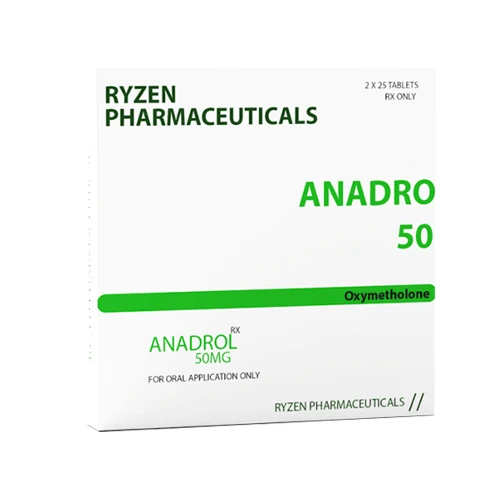

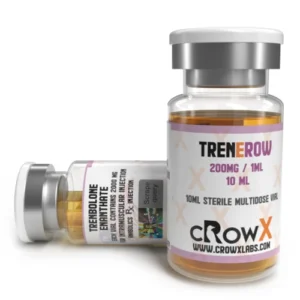


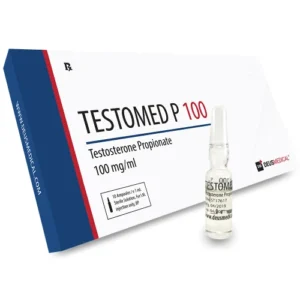
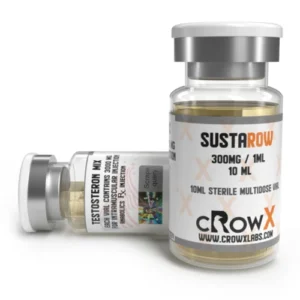
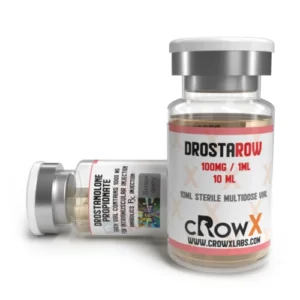
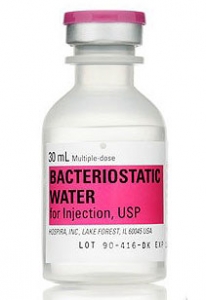

Reviews
There are no reviews yet.